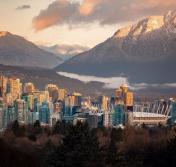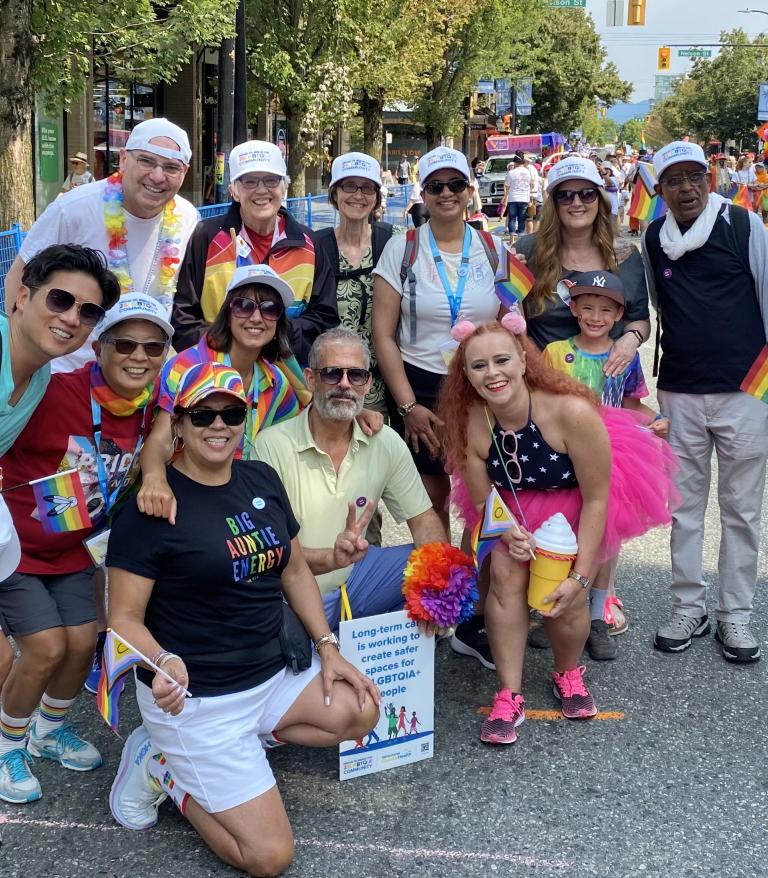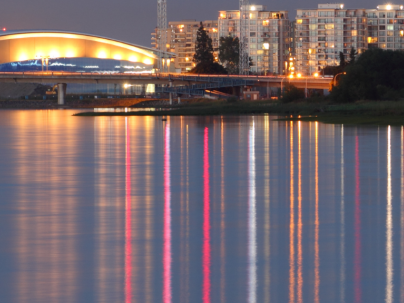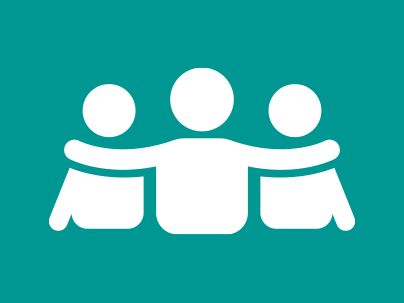Explore careers
-

Work at VCH
Explore the career opportunities and featured jobs across multiple professions.
-

How to apply
Thank you for your interest in joining Vancouver Coastal Health. The applicatio…
-

Why work at VCH
VCH is a world-class medical, research and teaching innovator, delivering care …
-

Where you'll work
Whether you prefer community clinics or hospital settings, large urban centres …

Equity, diversity and inclusion (EDI) at VCH
We're committed to advancing equity, diversity and inclusion (EDI) throughout our organization in partnership with our staff and medical staff. We know that this is critical to delivering exceptional care and building a great place to work.


Meet the Team
“Bedside nursing gave me a chance to work with patients directly and to make a difference in their care.”
Veronica Ford, Med/Surg Nurse (RN), Vancouver General Hospital
Meet VeronicaWhy join VCH?
-

World-class team
At VCH, everyone plays a role in providing exceptional health care, collaborating to solve challenges, supporting each other and celebrating successes. Together we are strongest.
-

Comprehensive health benefits
We believe in taking care of yourself so that you can take great care of others. Most packages include; health and medical coverage, paid vacation, comprehensive leave options, access to diverse support programs and more.
-

Grow your career
We value continuous learning and offer employer-supported training, mentorship, coaching & leadership development opportunities.
-

Competitive salaries
Our competitive pay rates reflect the dedication and expertise of our team. Our health-care professionals are competitively compensated and enjoy flexibility, strong premiums and allowances.

Connect with us
Connect with our Talent Acquisition Team for support with your application, meet us at job fairs and events or read the latest news.
Connect with us


Please be on high alert for potential recruitment scams using the name Vancouver Coastal Health (“VCH”) or claiming to be a recruitment service posting positions on behalf of VCH. Please be advised VCH does not use any third-party recruitment services and will never ask for money from you during the recruitment process.
Please also be cautious if someone is asking you for personal information during the recruitment process. Please make sure to confirm that any requests for personal information are coming from a legitimate VCH email. Our domain name is @vch.ca and NOT @vchh.ca or any other variation. If you receive an email from a source purporting to be VCH or representing VCH, please report it immediately to feedback@vch.ca.









